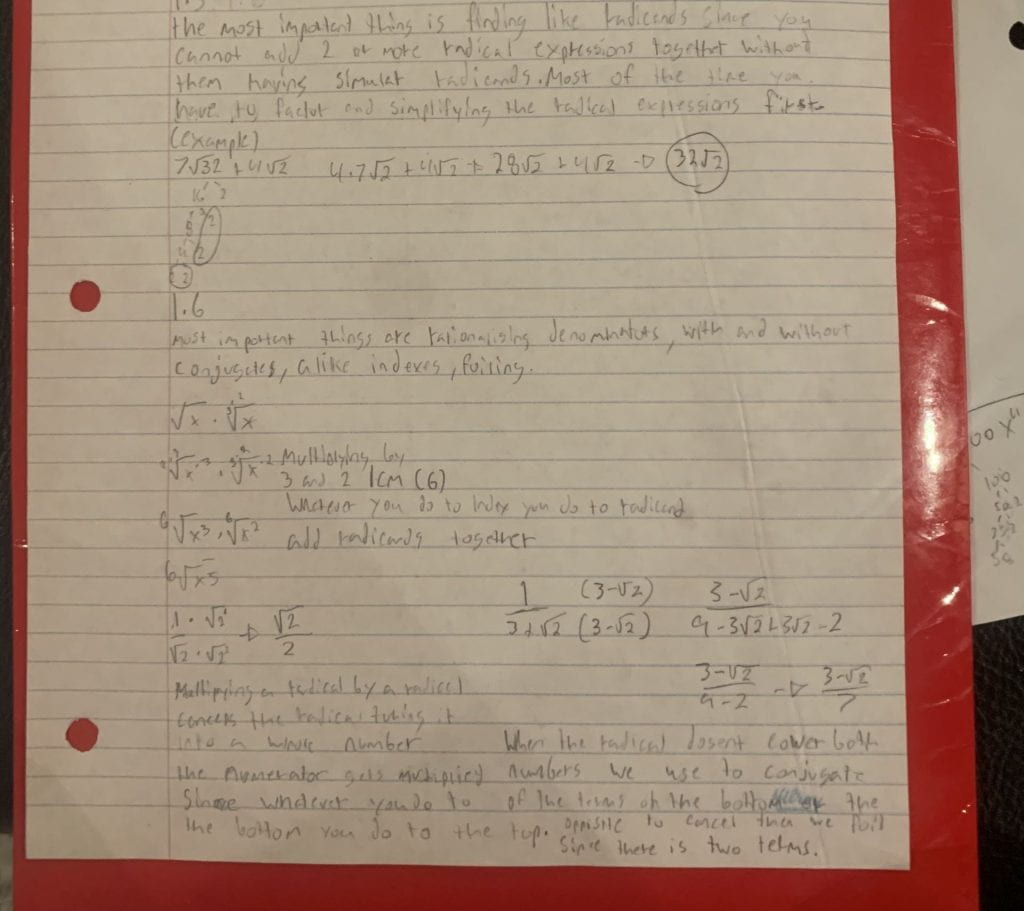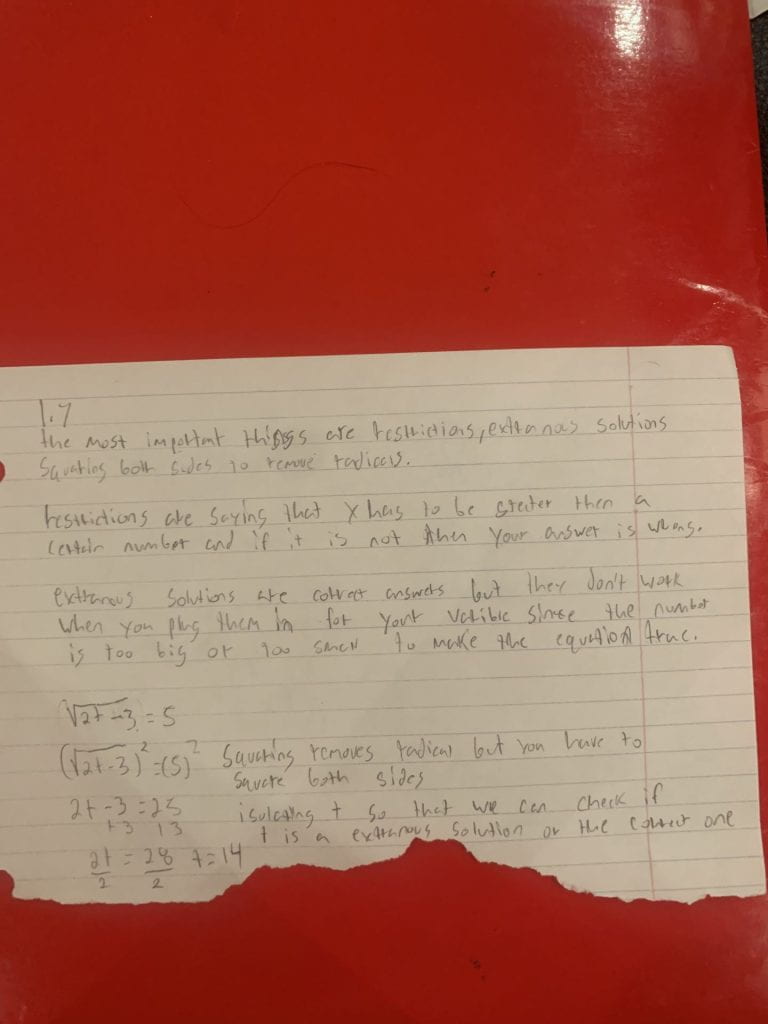
Graph A: Quadratic Parent Function (Red)
Graph B: Opens Up And Winder (Blue)
Graph C: Opens Down And Is More Narrow (Green)
Graph D: Shifted Up (Purple)
Graph E: Shifted Down (Black)
The significance of A,H,K had a big role in my equations in my purple, red, blue, black. A was the one who made my parabolas wider or more narrow and if i placed a negative on the A it was also responsible for turning it upside down. H was important in my purple and block equations since it was responsible for shifting my parabolas, left or right along the x axis by making the H negative it shifted to the left and by making it positive it shifted to the right and lastly for K it affected my purple and black equations by moving the graph up or down from the original parent functions.
- I demonstrated the same mathematical equation in different ways by showing the i can graph it but also find the and write the equation for the parabolas and its different parts.
- The parent function Y=x^2, Vertex which is the point that the graph is at its highest or lowest, Domain and range which are how far the graph goes on the x and y axis, mid point formula (x1+x2 /2) which gives us our axis of symmetry. The x and y intercepts which are found by replacing the x or y for 0 and solving for the other one, this shows us where on the x and y axis the parabola goes through.
- i listed the vertexes all separated from each other and also put different colours for each graph to distinguish it easier and for the vocabulary i tried to explain in the simplest way possible while getting the point across.



